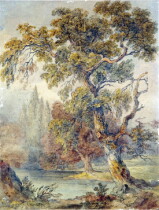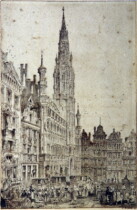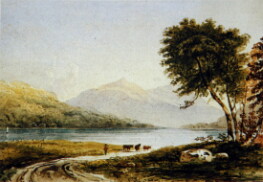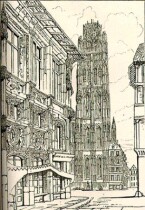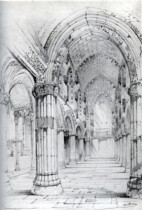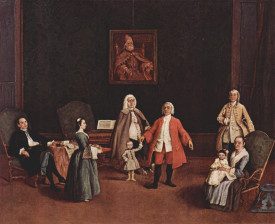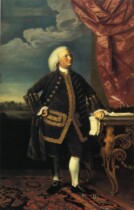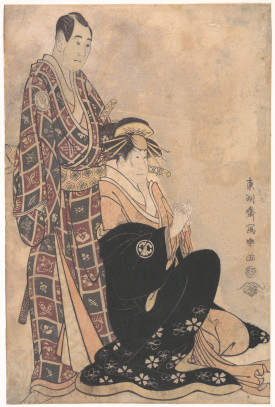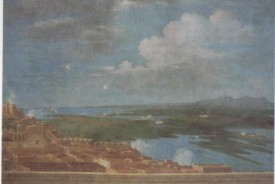Vesuvius in Eruption
This painting is part of a series that J. Wright of Derby based on the eruption of Mt Vesuvius. He travelled to Italy between 1773-75 and was in Naples during the autumn of 1774. Although the last eruption of Vesuvius was not long before (1767), Wright of Derby visited the area during a quiet period of volcanic activity and so did not witness a major eruption. While he was in Italy, he researched the volcano through descriptions by Sir William Hamilton, British ambassador to the Kingdom of Naples and a fellow of the Royal society who studied both Vesuvius and Mt Etna. Through Hamilton and other sources, Wright could have gained access to a number of paintings and visual accounts of the volcano's eruptive history, from which he made sketches and paintings. The Painting contains a strong impression of the sublime, a theme that prevailed during the Pre-romantic period in Europe. This sense of nature's awesome power is illustrated in the way that Wright's Vesuvius utterly dwarfs visible signs of human influence on the landscape. Despite living in Italy for quite a length of time, this particular painting was begun and completed once Wright of Derby had returned to England.
